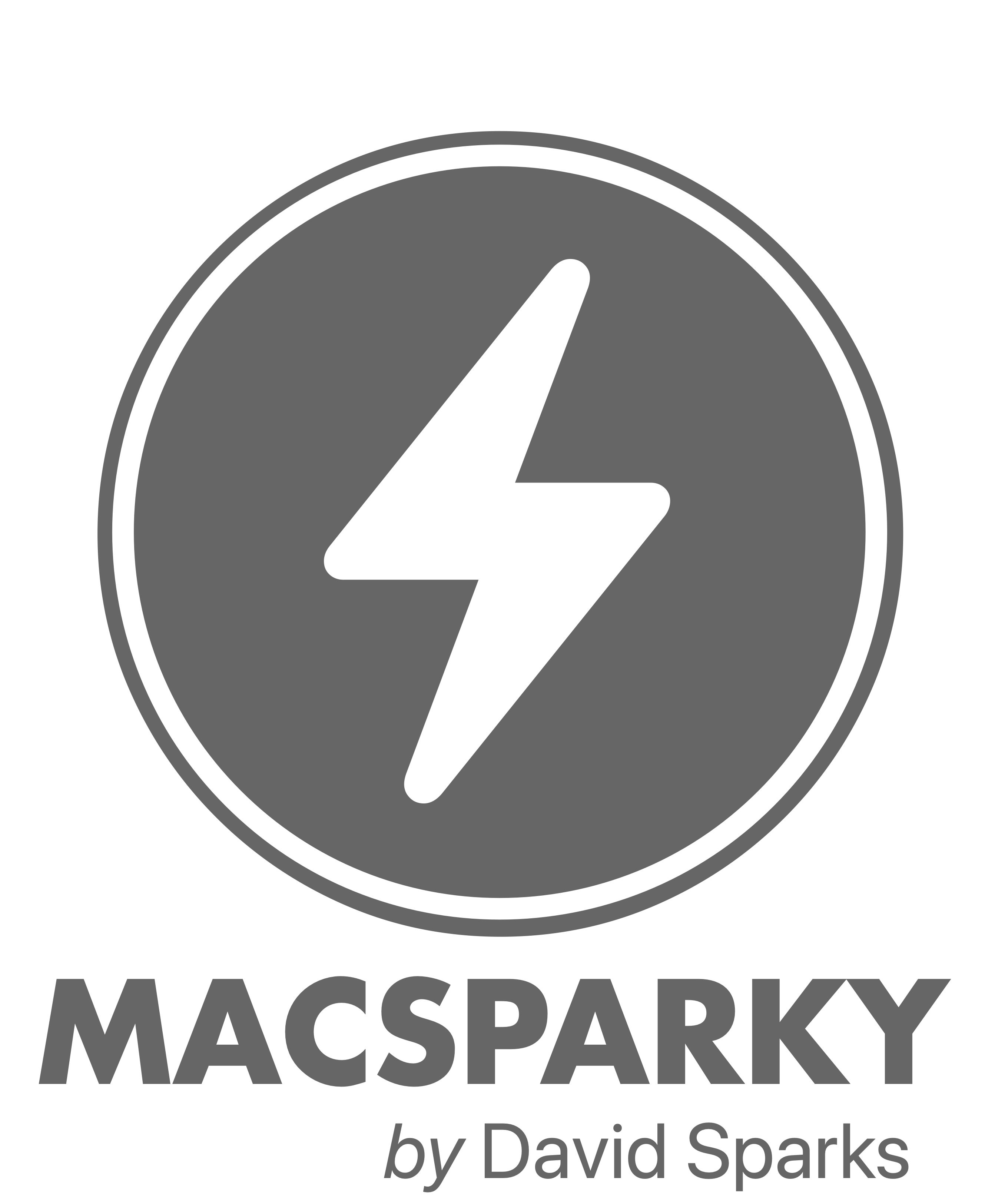Yesterday Wikileaks barfed up another pile of alleged confidential data, this time from the CIA. Setting aside the separate conversation about exactly who Wikileaks works for these days, I do believe the CIA, NSA, and intelligence agencies of every other country in the world has an interest in hacking iOS devices. Both hackers and governments have significant motivations to read private data. The question is what our hardware and software vendors are doing to protect us.
Apple released a statement on this point yesterday:
data-animation-override>
“Apple is deeply committed to safeguarding our customers’ privacy and security. The technology built into today’s iPhone represents the best data security available to consumers, and we’re constantly working to keep it that way. Our products and software are designed to quickly get security updates into the hands of our customers, with nearly 80 percent of users running the latest version of our operating system. While our initial analysis indicates that many of the issues leaked today were already patched in the latest iOS, we will continue work to rapidly address any identified vulnerabilities. We always urge customers to download the latest iOS to make sure they have the most recent security updates.”
The battle to retain our privacy will never end. Apple will continue to build walls and governments and hackers will continue to batter them. I do believe Apple is committed to this fight but the continued protection of our private data is by no means a certainty at this point.






